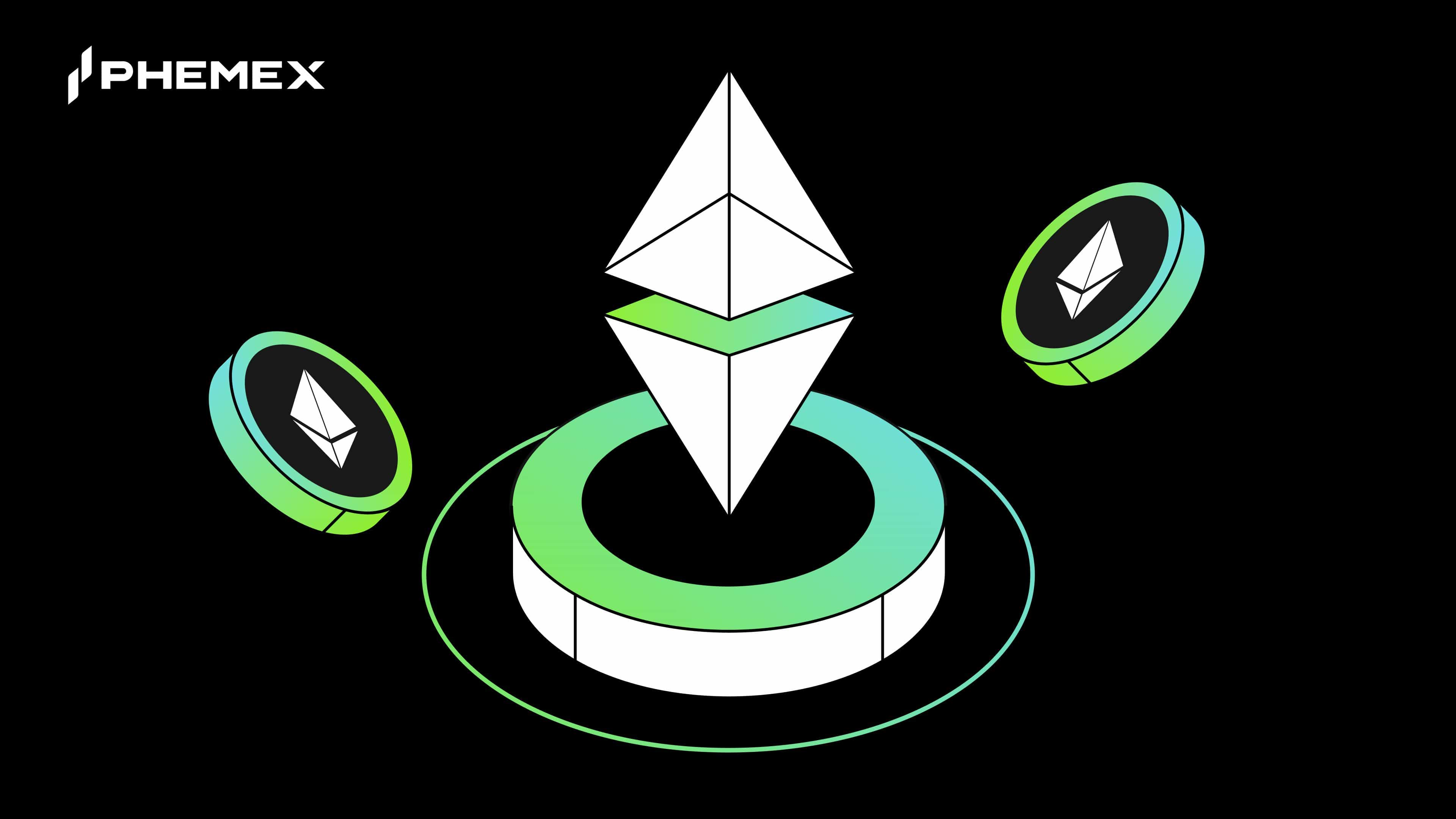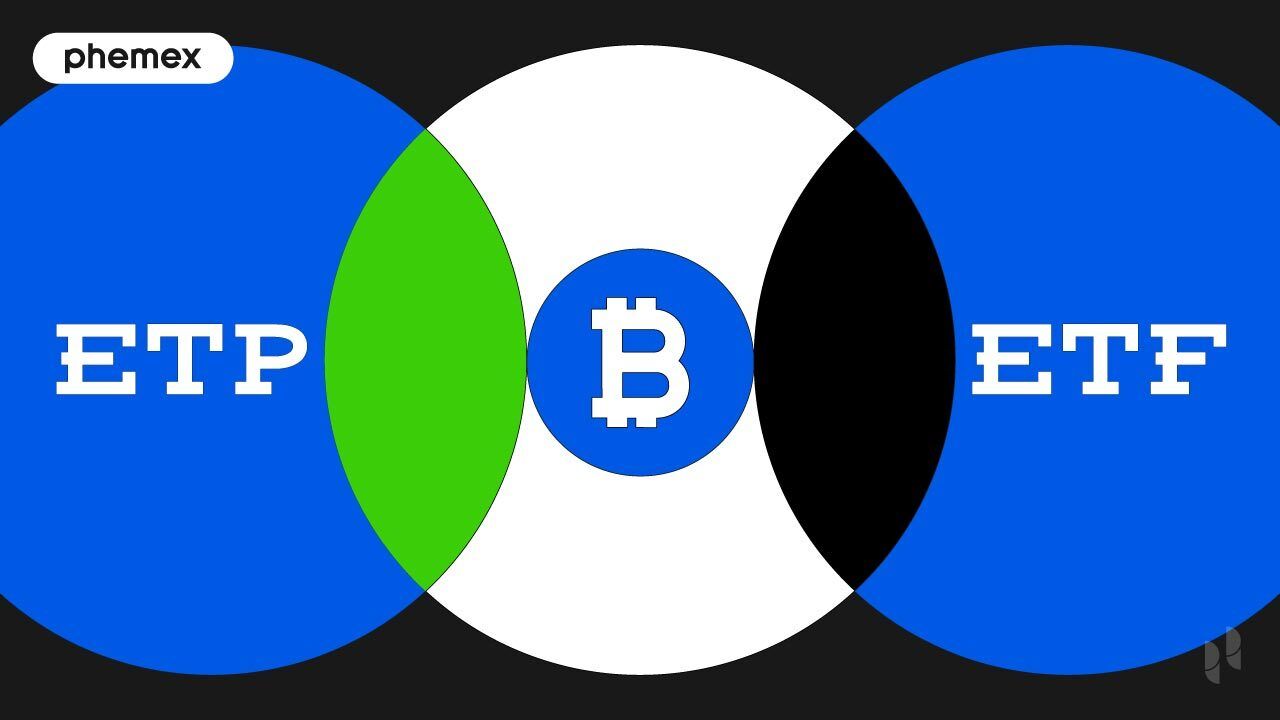The Beacon Chain was launched in December 2020 as part of Ethereum’s (ETH) 2.0 Serenity upgrade. The Serenity upgrade has several phases in which phase 2 is the last.![]()
What Is the Beacon Chain?
The Beacon Chain is part of Ethereum’s 2.0 phase 0. Phase 0 mainly focuses on the participation of validators that will serve as the foundation for the development of future phases. At phase 0, users can register as validators by staking 32 ETH. There is also a staking pool, where a number of users can combine their ETH to make up 32 ETH.
Validators are incentivized with staking rewards and transaction fees. However, the returns from staking depend on the amount of staked ETH in the system, where users have the chance to obtain more returns by staking more ETH.
What Do Validators Do on The Beacon Chain?
As previously mentioned, users would need to stake their 32 ETH to Ethereum’s mainnet smart contract to be qualified validators on the Beacon Chain. The staked ETH is then locked, and the smart contract produces a Merkle hash. A Merkle hash is a mechanism that proves the ownership of the staked ETH by keeping a record of the validator’s entry.
As a decentralized network that will soon adopt the proof of stake (PoS) protocol, Ethereum 2.0 plans to have at least around 16 thousand validators for the Beacon Chain. There are two types of validators, which are the proposer and attestor. The details of the two types of validators are as follows:
- Proposer: A proposer will create blocks. The proposer earns a reward when attesters vote for the block selected by the proposer. When the blocks are not created within the 12-second time frame, the proposer misses their reward. Sometimes, the validators do not do their jobs because they are offline.
- Attestor: An attestor ensures the validity of the blocks through voting. The attester will not vote for an invalid transaction that the proposer selected. Additionally, the attestor can report the proposer for proposing invalid transactions, resulting in a slashing penalty. Slashing is discussed in detail later.

Despite the rewards, users have to face some risks presented by the Beacon Chain. For example, the staked ETH are locked on the Beacon chain until Ethereum is ready to proceed to the next phase. Therefore, if users want to withdraw their staked ETH, it is not possible until phase 1.5, which is expected to arrive by Q1 2022.
Moreover, the validator is prevented from acting against the interest of the system through slashing. Slashing means the validator can lose some of their staked ETH as punishment for serious malicious behaviors. Slashing is established so that no one can control 51% of the validators and commit a 51% attack. To control 51% of the validators, the person or party would need to own 51% of the staked ETH on the blockchain.
Furthermore, if a number of validators happen to commit a slashable behavior at the same time, they will lose all their staked ETH. Validators can also get whistleblower incentives by reporting other validators for slashable behavior. In phase 0, whistleblower’s rewards are mainly distributed to proposers for recording evidence of slashing within a block.
Additionally, the validators with less than 16 ETH staked will be taken off the Beacon Chain and can no longer participate in the validating process. This practice is also how the Beacon Chain keeps its validator working righteously. Additionally, the Beacon Chain imposes another penalty for inactive validators called the “quadratic leak.” In the blockchain, each epoch has 32 slots.

Validators possess one slot to add blocks and shards to the Beacon chain every 12 seconds. A quadratic leak happens when a validator is inactive or offline too frequently, missing around 8000 epoch slots for the Beacon Chain. The staked ETH of these validators will then be partially reduced.
What Does the Beacon Chain Do?
The Beacon Chain mainly stores data like validator addresses, validator states, and shard links. Additionally, the Beacon Chain enables the validators to work in groups to propose, vote for blocks, and report the slashable behavior of other validators. Other than that, some of the other tasks that the Beacon Chain handles for phase 0 are as follows:
- Validators and staked ETH: The Beacon Chain oversees the validators and manages the staked ETH.
- Validator committee: The Beacon Chain forms each committee with at least 128 validators. A committee is a group of random validators that performs votes recorded on the Beacon chain and oversees the behaviors of proposers. The blockchain randomly selects the validators to reduce the risks of malicious attacks.
- Consensus: The Beacon Chain enforces rules for the PoS protocol on its chain and all shard chains (in future phase 2) on Ethereum 2.0.
How Is the Beacon Chain Different From Ethereum 1.0?
At phase 0, the Beacon Chain did not have Ethereum Virtual Machine (EVM) components and smart contracts (since the following phases were not implemented yet). The Beacon Chain mainly introduced the PoS consensus. Meanwhile, Ethereum 1.0 uses the proof of work (PoW) consensus model. In phase 0, the two blockchains run separately to ensure data continuity. However, future upgrades will see Ethereum 1.0 fully convert to the Beacon Chain’s PoS consensus model, which will bring multiple benefits as detailed below:
- Resources: PoW uses huge amounts of electricity to verify transactions. PoS is much more environmentally friendly than PoW because the mining power of a user is attributed to the amount of ETH a user possesses. Thus, a user that owns 5% of the tokens of a PoS network can only mine 5% of the blocks, so there is no need for excessive energy usage. The rewards for a PoS user will also be reflected in their staked ETH. For example, users who own 5% of the staked ETH will receive 5% of the reward from the block created.
- Minting: PoW creates blocks when their hardware processes the transaction. The more hardware they have, the more blocks can be created. PoS utilizes a number of validators to vouch for the validity of the transaction before blocks are created. One validator is activated when 32 ETH are deposited. Therefore, users can control more than one validator if they fulfill the balance of ETH needed for each validator activation.
- Speed: On PoW, the fastest miner that solves the equation to block creation receives rewards. On PoS, the system has a predetermined slot of 12 seconds for random virtual miners (validators) to validate the transaction. If validators do not create blocks in time, they will miss out on the reward.
- Scalability: As PoS is more lightweight than PoW, Ethereum 2.0 can easily scale with this consensus model, benefiting the many projects built on the Ethereum blockchain. If the Ethereum 2.0 upgrade is successful, the chains can process up to 10,000 transactions per second (TPS). On Ethereum 1.0, the blockchain only does 30 TPS, which slows down operation and causes network congestion.
What Is the Future for the Beacon Chain?
The concept of sharding largely affects the development direction of the Beacon Chain. Sharding will be introduced in 2022 and will make the Ethereum network work more efficiently. Sharding splits a single blockchain into multiple blockchains, known as shards. In the later phases, validators in the Beacon Chain will be responsible for maintaining the shards they are randomly assigned to. Additionally, validators will also oversee the shards, including states (status of the blockchain) and transaction history. As a result, validators on the Beacon Chain will be able to communicate with the shards in the future.

For phase one, validators will also receive incentives for crosslinking transactions. Crosslink syncs the states between the blocks on the Beacon chain and the Shard chain. Therefore, the finalized beacon blocks will also mean finalized shard blocks, facilitating cross-shard transactions.
Security is generally a major concern with a new upgrade for an ecosystem. A blockchain expert has also stated that low participation of staking is likely to cause vulnerability to network security. However, Ethereum developers expressed that the attacks would be very expensive, taking around $100 million at a participation rate of around 99%. There is also a chance that security can be boosted as Ethereum plans to have more than 16,000 validators for the PoS consensus and transaction validation. The huge number of validators also means high decentralization and security for Ethereum 2.0.
Conclusion
The Beacon Chain is phase 0 for Ethereum’s 2.0 Serenity upgrade. The phase mainly focuses on the participation of validators for transaction validation. Users can become validators by staking 32 ETH, and they can become more than one validator provided they have enough ETH. Validators are incentivized to create blocks and vote for valid transactions. However, there are some risks as users cannot withdraw their ETH until phase 1.5. Validators may also lose their staked ETH due to inactivity or selecting invalid transactions.
Currently, Ethereum 1.0 and Beacon Chain are operating separately and in parallel until Ethereum 1.0 fully merges with the Beacon Chain and converts to the PoS consensus protocol, becoming Ethereum 2.0.
The Beacon Chain brings many benefits because the PoS consensus is more environmentally friendly, secure, and decentralized. Additionally, Ethereum plans to have a high number of validators on the Beacon Chain, reducing the possibility of attacks and increasing transaction efficiency.
Read More
- Ethereum 2.0 – Everything You Need to Know
- What is Sharding in Blockchain?
- What is Ethereum Casper and Why We Need It?
- BEP2 vs. BEP20 vs. ERC20: What Is the Best Blockchain Token Standard?
- The Ethereum Virtual Machine: How Does it Work?
- Who Are the Blockchain Validators: Network Users Powering the Blockchain Functionality
- What in the World is Layer Zero: The Connector of Blockchains
- What is Base Chain & How does it Work?









